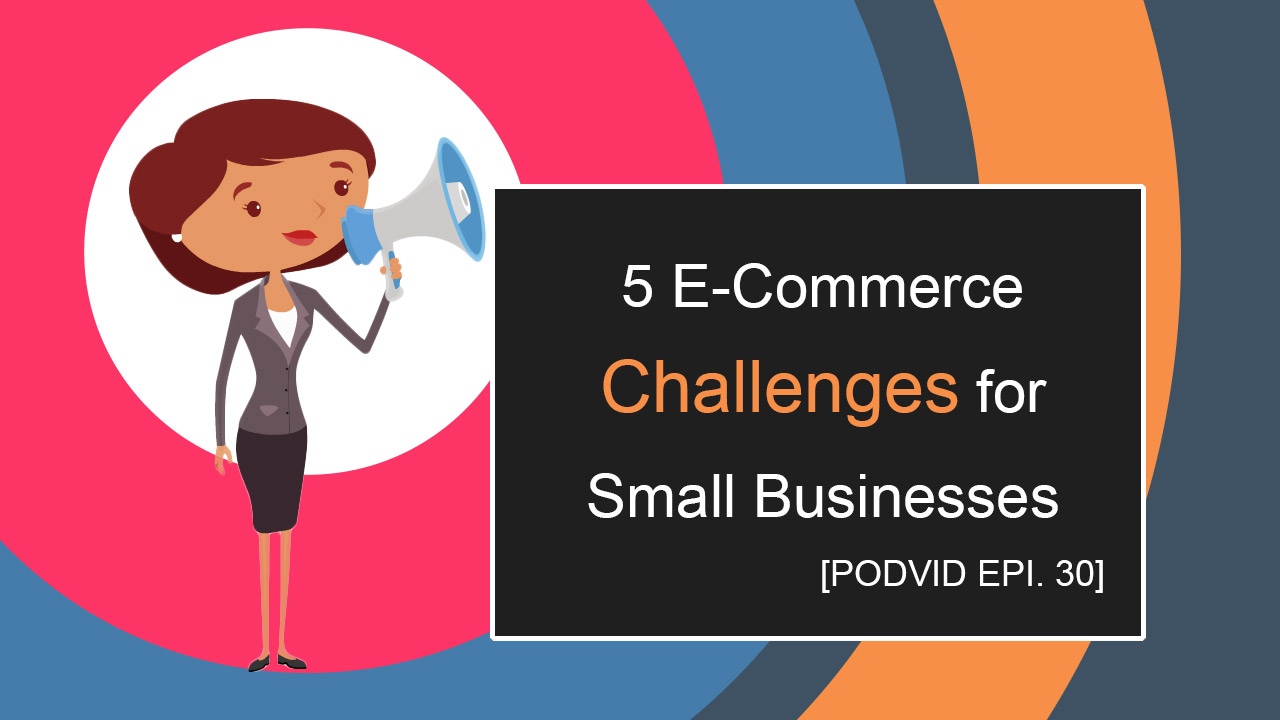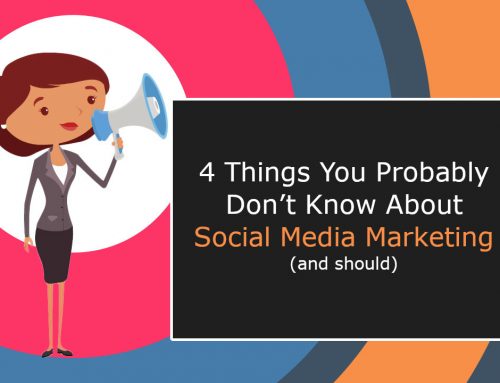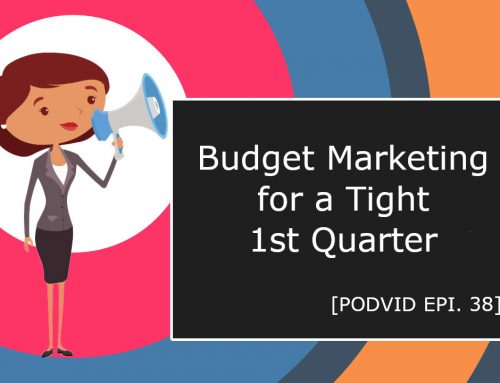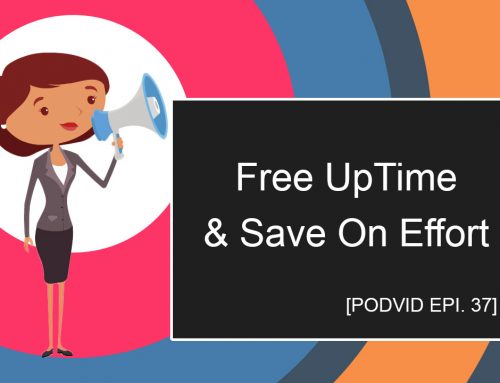Small businesses have far more pressure points, and a shorter bottom line than their larger competitors, but still need to stay in the game to succeed, which means keeping up anyway.
We’ll go through the top 5 of the largest of those pressure points, which will help any small business owner know what to watch for, avoid and learn to beat.
Being Seen
Quality Web Traffic
Good conversion ratings
Security
Competition
1. Being Seen
If nobody has heard of a company before, they’re not likely to go looking for it on the internet. This is one of the biggest challenges there is for a small business; just being seen on a giant like Google can mean everything – but without an equally gigantic ad spending account to accompany it, the results are skewed far in favor of the corporate giant than the small business owner.
Those who DO get seen are often doing something unique which may not be readily apparent. A once brick & mortar shop, turned e-commerce site may rely more on word of mouth from loyal past customers to help grow the clientbase online. Some use micro-supporters or even get involved in their own communities, earning free newspaper time & other free PR, especially if it’s to sponsor a children’s sports team.
Combining efforts when a business is starting out, is the best way to be seen out there, because if one method fails, another may not.
It could even come down to something as simple as a site’s use of keywords related to the topics they post about, where seeing an increase could be as easy as using more of them in appropriate ways within the content.
2. Quality Web Traffic
Quality is hard to come by these days, in a hyper-competitive market and world, and the traffic to a business’ site is no less hard, rife with bots and people link stuffing in comment sections. It makes it difficult to be seen, and then also get the traffic hoped for when it seems so many are there to spam post.
People love looking at attractive things, the science is all over Google. If the site they visit attracts their attention, captures it, and better – holds it, or inspires an emotion in them, the site has performed its core purpose.
Yahoo Small Business partnership manager Shirley Tan explains that a business can no longer rely on just being on the internet, because there is just too much traffic anymore, it’s not like times gone by. She states that engaging the customer, getting their attention – these two things need to be more meaningful and impactful.
This also means that the content on the site needs to be of a quality Google would approve of, with constantly updated posts and reliable traffic.
3. Good Conversion Ratings
How to get a visitor to purchase something is a trick every business person may have a different answer for; what they share in common, is the passion for what they’re selling. That passion from a person selling something translates across writing, photo and video, and can mean the difference between the sale and a pass.
The site itself will need to be trustworthy and secure, easy to use, and modern among other things, but being clean is among the top. The site’s designer knows where to place specific items for the largest impact, due to how the human eye scans pages naturally, and changing up the placement of specific types of information or text boxes/photos can drastically alter traffic, which means more sales.
4. Site Security
The public have little trust in the system these days it seems, as news announcements are released that some company they do business with leaked their personal information, yet again. Not the same business, but the same scenario repeatedly will make anyone a cynic.
It isn’t enough to have a local antivirus if customer information or files would be kept after any transaction online, and customers trust that a business will invest in software or whatever may be needed to beat attacks like ransomware and viruses, which are designed to go after large quantities of data.
The business needs to be prepared for a cyberattack, to defend the information and private details of their clients if they hope to keep them.
5. Competition
Competition is the hardest one, because it’s generally limited by income and/or the ability to spend for advertising, or position in society. Small businesses have a hard time keeping up with their largest competitors on ad spending, and in numerous other ways, but there is still one way small businesses will always have an edge.
What a small business shouldn’t do is try to keep up with their bigger competitors by doing the same exact thing, but by doing what they cannot.
Large businesses – once they get too big, often lose sight of their customer base – there are just too many people, and their customer service starts to fail, but then they cut the amount of money they want to spend on customer service, because there are so many people in the world that if they lose a client – ten more will replace them.
Small businesses don’t tend to share this thought process. To a small business owner, every client is precious and is treated that way. While the larger companies may be able to reach more people, they’re also burning through them rather quickly. The people who are disenchanted need somewhere to go, and where better than to a small business owner’s site?
Outperform their customer service skills, it sounds too easy – but it’s because nobody else cares enough to bother – and it’s the one sure thing which will help a company stay on top.






![Do you know BERT? [Google SEO]](https://magiwebsa.com/wp-content/uploads/2019/11/podvid-epi35-cover-500x383.jpg)